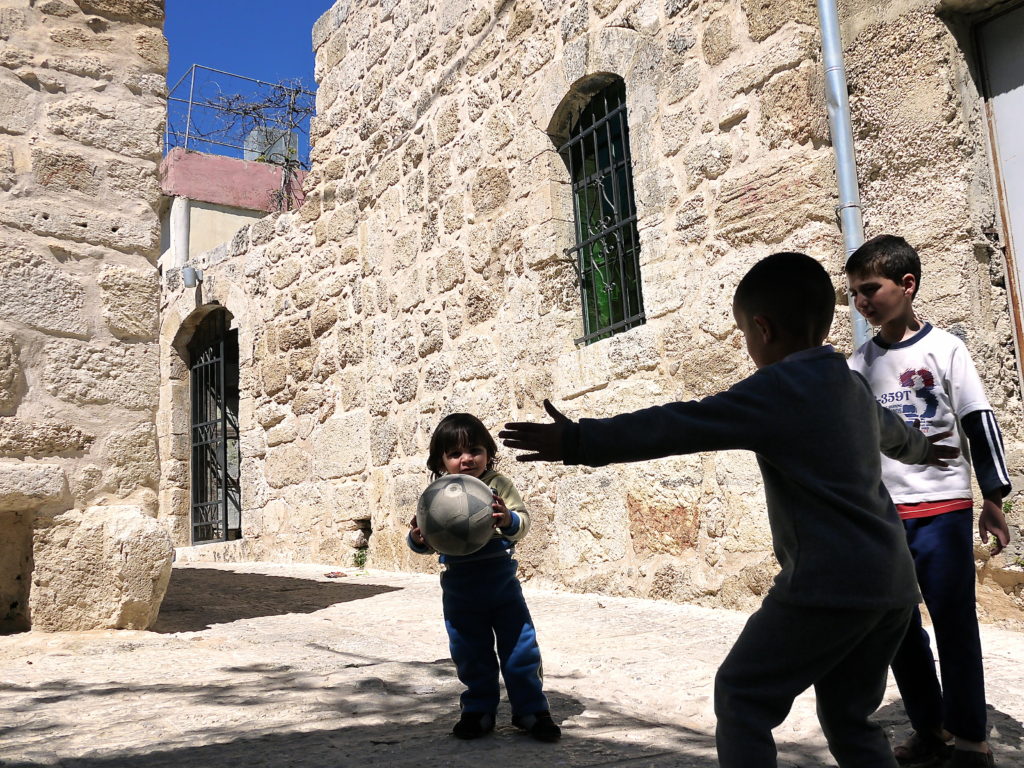Originally published at MintPress News.
UNITED NATIONS — Years of war and unrest devastated education in the Middle East and North Africa, leaving more than 13 million children without safe or reliable schools across the region, according to a new report from UNICEF.
The report, “Education Under Fire,” which was released on Sept. 3, details the bitter cost of war on the future of millions of children. The report focuses on nine countries where millions have been displaced by near constant conflict and bombing since 2011.
More than 8,850 schools in Iraq, Libya, Syria, and Yemen are unusable “because they have been damaged, destroyed, are sheltering displaced families or are occupied by parties to the conflicts,” the authors noted. Just in 2014, 214 schools were attacked in the region.
The damage was not limited to just those countries, however. “In the Gaza Strip, children use school buildings as shelters because their homes have been destroyed,” according to the report. Credible reports show thatIsrael deliberately targeted schools during last summer’s brutal attack.
Intervention by the United States and its allies is a key component of unrest in the region, both directly and indirectly. Billions of dollars every year support Israel’s oppression of Palestine, and the U.S. also provides military aid Saudi Arabia, which has used the help of the U.S. and its allies to devastate Yemen. In other countries, American imperialist intervention has been more direct.
Further, the seemingly unending wars have endangered what were once relatively progressive educational systems in the region:
Conflicts wipe out years of investment and achievements in education and can cripple the development of education systems. The effect of violence and insecurity in Iraq and Yemen is clear, as educational achievements for children have fallen steadily.
The authors added that civil war destroyed two decades of work by the Syrian government to improve access to education.

Of course, the toll of war must be counted not just in damage to infrastructure, but in the cost to human lives as well, also outlined in the UNICEF report. Over 13 million students are unable to regularly attend school throughout the region, including 2 million in Syria plus an additional 700,000 Syrian children who are refugees in neighboring countries. At least 950,000 children have lost access to education in Iraq.
Last year was also a deadly year for Middle Eastern school children. “2014 was the deadliest year for Iraq since 2008,” the report notes. “Nearly 700 children were killed and another 500 injured.”
And it was an especially devastating year for Palestinian children:
In the Gaza Strip, children have lived through three major military confrontations in six years. During 51 days of conflict in the summer of 2014, at least 551 Palestinian children were killed – far more than in the two previous military operations combined. A further 3,370 children were injured; many will struggle with lifelong disability.
When the 2014-2015 school year started, nearly half a million children were unable to return to learning for several weeks because of the damage inflicted on schools and other education facilities. At least 281 schools suffered minor to severe damage, while eight were completely destroyed.
The U.N. is calling it an educational crisis and asking for $300 million to fund its education relief work this year. The report also outlines other steps that can help, including expanding informal, out of school education and accelerating the accreditation process needed to put new teachers to work.
But, perhaps most importantly, warring nations and groups need to stop targeting schools with bombs and other weapons, in accordance with international law. UNICEF concludes:
Schools are a place of learning, a space for children to heal as well as a safe haven to foster normalcy and hope for a better future.